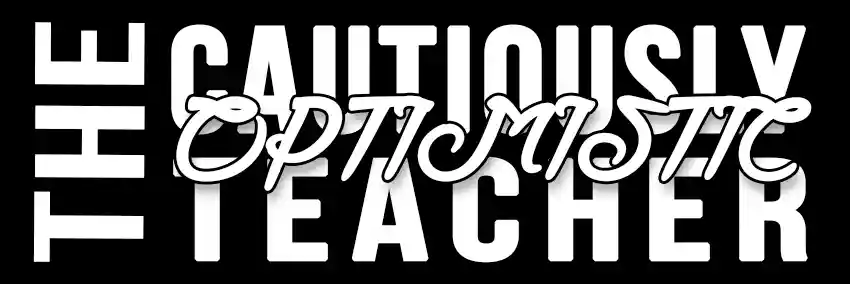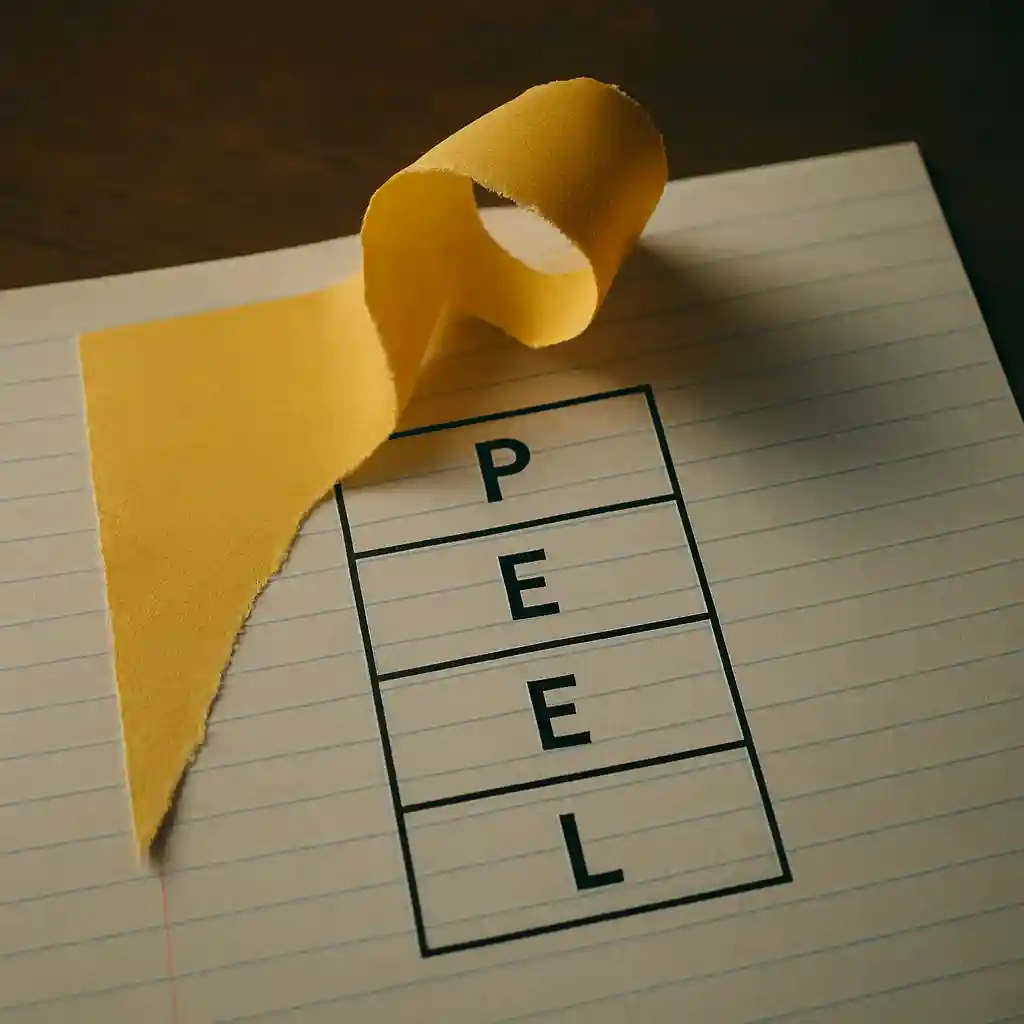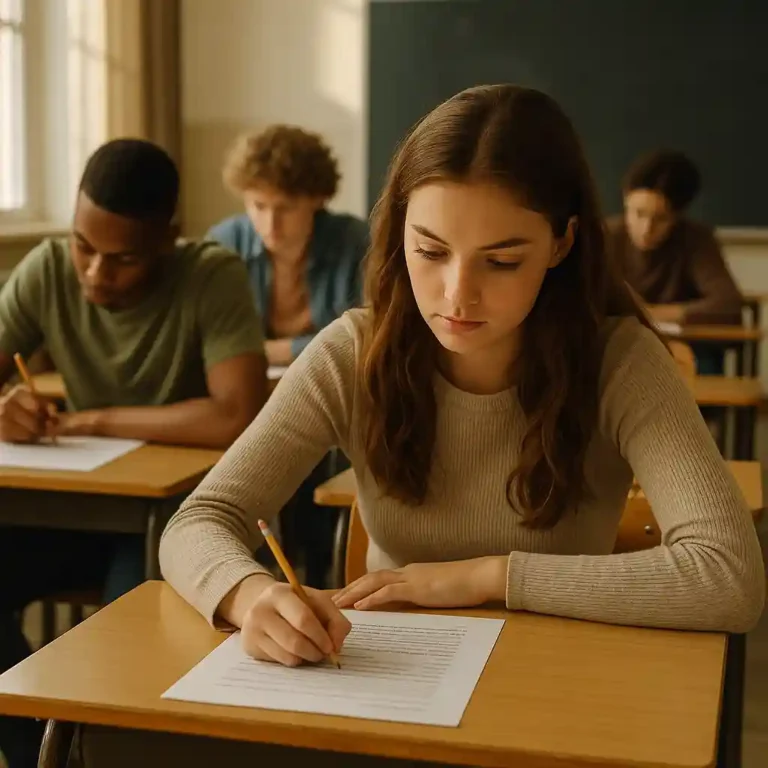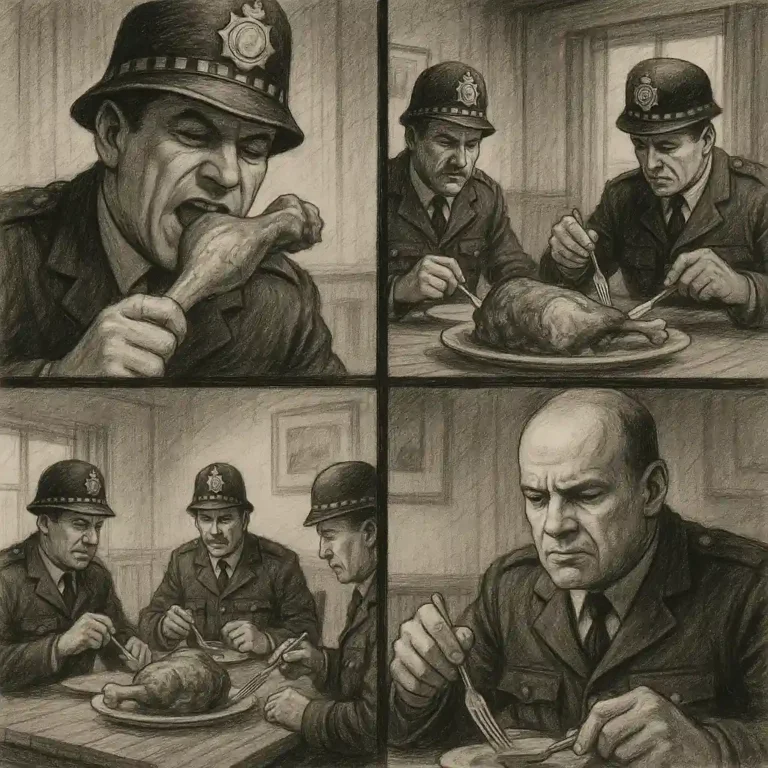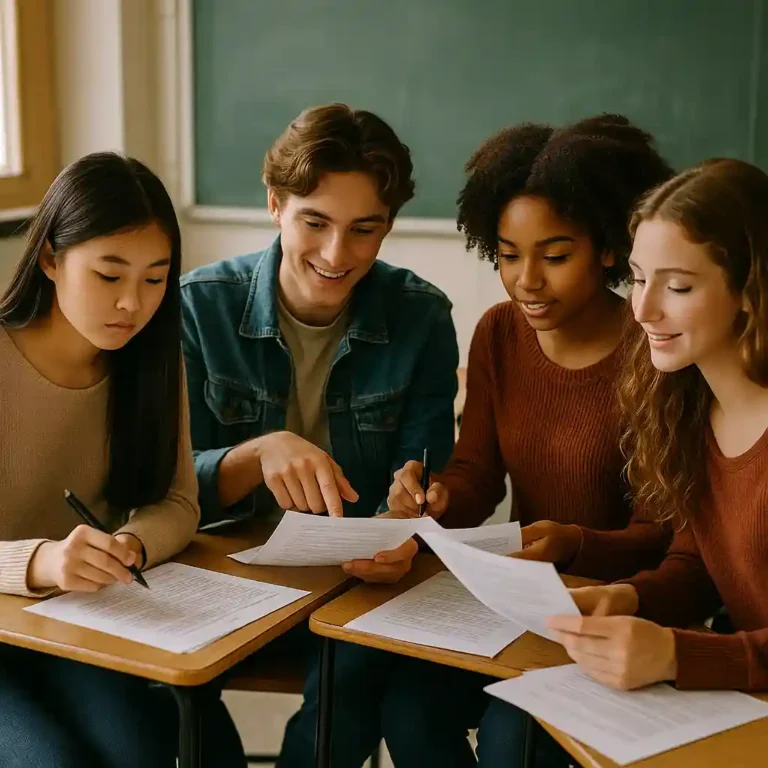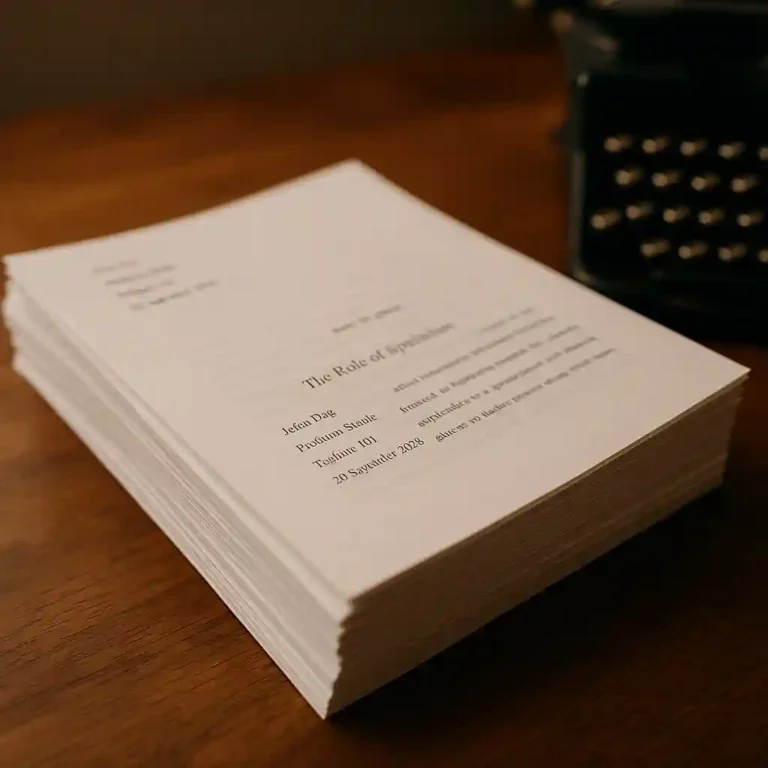Day 31: PEEL Paragraphs and Correlative Conjunctions
Today’s lesson begins by building the foundation students need to write strong PEEL paragraphs, one of the most effective structures for clear and organized writing. Before jumping into paragraph construction, we’ll start with a quick refresher on correlative conjunctions—pairs of words like either/or and not only/but also that help connect ideas smoothly and add balance to sentences. Once students recall how these conjunctions function in their writing, they’ll be ready to apply that understanding to crafting polished, well-structured PEEL paragraphs.
1. Correlative Conjunctions Lesson
Before diving into writing, begin class with a refresher on correlative conjunctions—pairs of words that work together to join equal parts of a sentence (like either/or, neither/nor, both/and).
These conjunctions make writing more sophisticated by adding balance and rhythm. For example:
Either the hero wins, or the story ends in tragedy.
Not only was the ending surprising, but also deeply emotional.
Encourage students to identify examples of correlative conjunctions in their own reading or writing.
Correlative Conjunctions Lesson
2. PEEL Paragraphs
Now that students are comfortable connecting ideas, it’s time to focus on structuring them effectively using the PEEL method:
P – Point: State your main idea or argument.
E – Evidence: Support your point with a quote, example, or data.
E – Explain: Explain how your evidence supports your point.
L – Link: Connect back to your thesis or transition to your next idea.
The PEEL paragraph structure helps students write clear, organized responses—whether they’re analyzing literature, explaining a concept, or expressing an opinion.
You can introduce this section using your PEEL slideshow and distribute the PEEL graphic organizer for students to plan their paragraphs.
Note on PEEL Paragraphs
PEEL Graphic Organizer Handout (PDF)
Encourage students to write their first PEEL paragraph on a topic that interests them. Use the organizer as a stepping stone to full paragraphs. Offer choice to build engagement and confidence before applying PEEL to literary analysis later.
Interesting Writing Topics
Ask students to pick one topic below to write their first PEEL paragraph. Each can be argued from multiple perspectives, making them perfect for practice:
Should cell phones be allowed in class?
Is homework an effective way to learn?
Should schools have later start times?
Are social media influencers good role models?
Should video games be considered a sport?
Is it better to work alone or in a group?
Should junk food be banned from school cafeterias?
Does technology make people more connected or more isolated?
Should students have to wear uniforms?
Can money buy happiness?
Wrap-Up
Have students share their PEEL paragraphs with a partner or small group. Encourage peer feedback focused on whether each paragraph clearly follows the PEEL structure.
End the class by emphasizing that mastering paragraph structure is the foundation for writing essays that persuade, inform, and analyze effectively.
